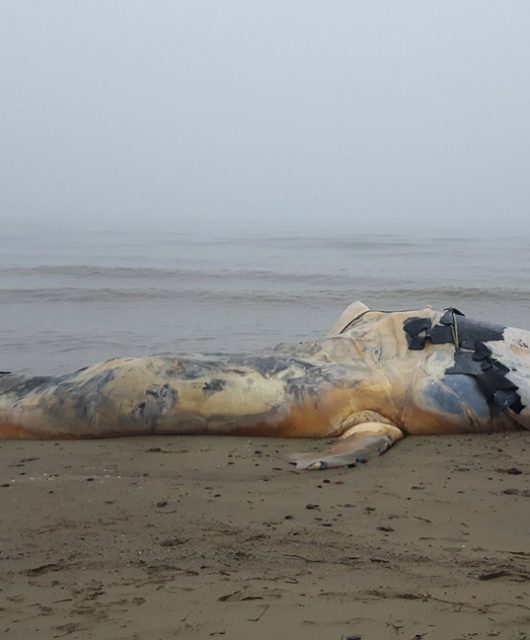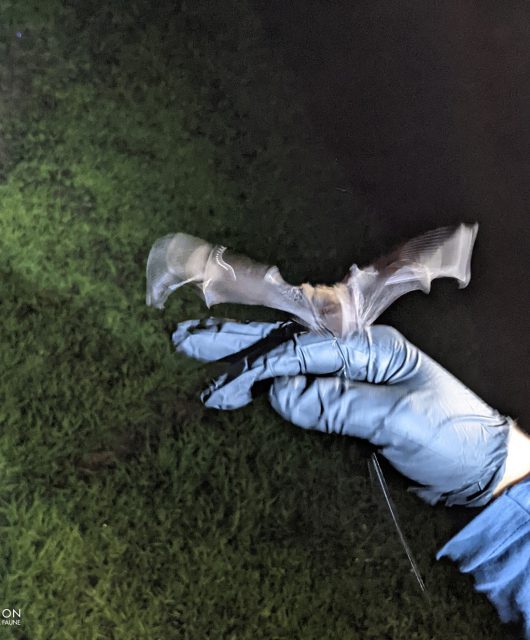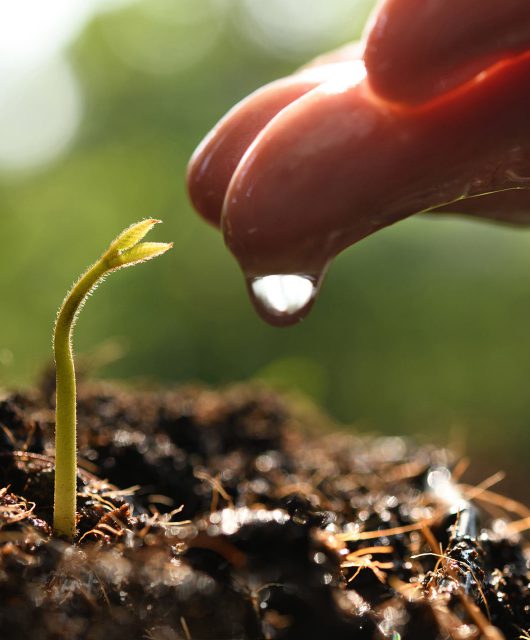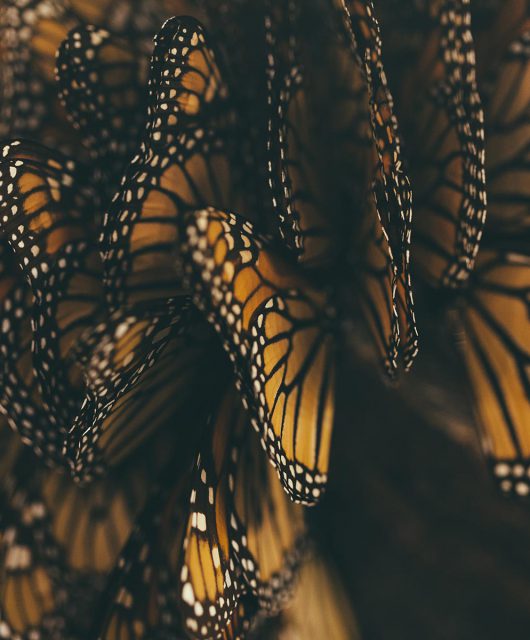Around the world, marine vessel traffic has increased considerably from the number of vessels transporting goods, to the connectivity of marine networks between countries.
Ships are also getting bigger: the Royal Caribbean’s Icon of the Seas — the world’s largest cruise ship at 365 metres long — just started its first trip earlier this year and is the size of seven Olympic pools!
Like other human activities, constant vessel traffic has a considerable impact on marine wildlife. While marine vessels produce the least amount of greenhouse gas compared to other transportation methods, they have other impacts including:
- Producing noise that travels farther in water than on land
- Discharging ballast waters and biofuel
- Striking marine wildlife, especially whales
Vessel Strikes is a Global Issue
Vessel strike is a problem anywhere where there are boats and whales. From 2004 to 2019, the Marine Animal Response Society, reported 53 incidents of vessel interactions in Atlantic Canada alone. In British Columbia, eight humpback whales were struck during the summer of 2023. Even more go undetected or unreported both in Canada, and globally.
Large whales are especially vulnerable to vessel strikes because they spend a large proportion of the time at or near the surface, in the strike zone of a boat, and are slow to swim away. There is also very little evidence that a large whale will try to avoid a boat. The way a ship’s sound propagates through the water creates an acoustic shadow zone ahead of the boat, which means a whale might not even hear an incoming ship. They could also be doing something more important like feeding and do not see the benefit of engaging in an evasive behaviour.
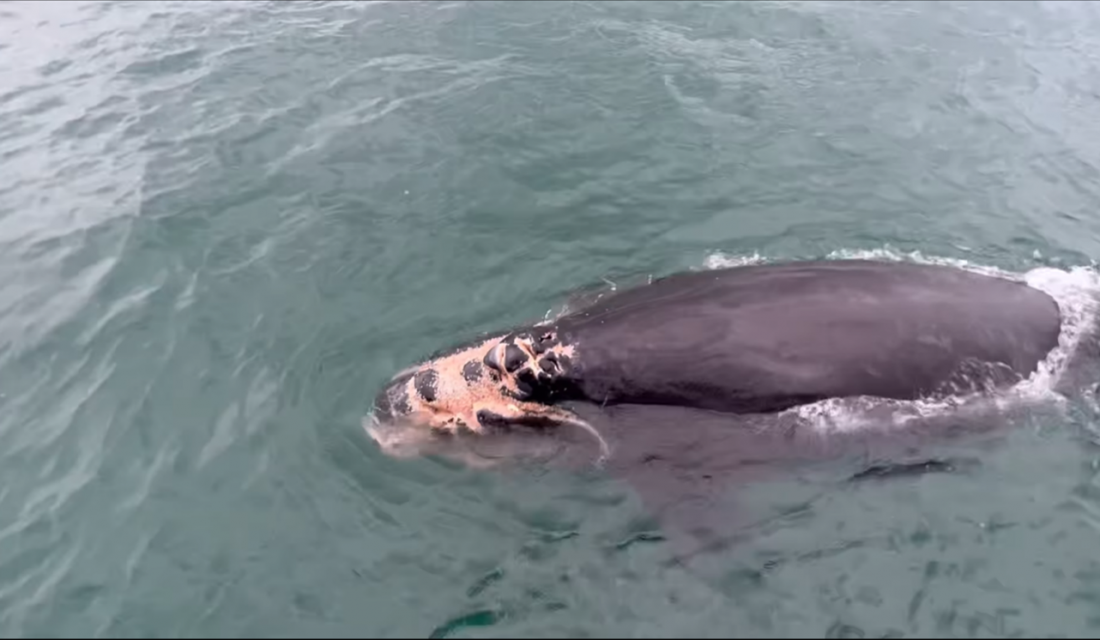
All types and sizes of vessels cause injuries or death to a whale, from cruise ships to ferries, to small pleasure crafts. While the type of injuries can range from blunt force trauma to propeller cuts, two factors contribute to the severity of injuries if a collision occurs: size of the vessel and its speed. For example, a 12 m fishing vessel, cruising at 10 knots (around 18.5 kilometres per hour) would have a 60 per cent probability of killing a whale, while a 200 metre long cargo ship would have 80 per cent. If that same cargo ship slowed to five knots, this probability would go down to 50 per cent. This is why slowdowns, similar to school zones for cars, are recommended as management actions to reduce vessel strike risk to whales.
After 12 North Atlantic Right Whales died in Canadian waters in 2017, the Government of Canada started implementing management protocols for vessel traffic in the Gulf of St Lawrence. These management measures include:
- Mandatory 10 knot speed limit zones
- Dynamic corridors where a speed limit are triggered if a North Atlantic Right Whale is detected in these corridors
- A restricted area where no vessel traffic is allowed
- A voluntary 10 knot slowdown zone in the spring and fall in the North Atlantic Right Whales migratory corridor into the Gulf of St. Lawrence
- Traffic separation schemes (moving shipping corridors to avoid whale habitat) have been implemented in the Bay of Fundy, as well as other protection measures around Vancouver Island and Haida Gwaii.
What We’re Doing to Help
The Canadian Wildlife Federation’s marine conservation research team has been investigating the risk of vessel strike to North Atlantic Right Whales and other large baleen whales, such as blue, fin and humpback whales in the Gulf of St Lawrence. Using vessel traffic data, we can determine the areas with the highest threat based on the number of vessels transiting, the type of boats and their speed. By further incorporating where whales are most likely to be present, we can identify the areas where strike risk is highest.
In addition, we are looking at how much management measures, such as the slowdown zones, are helping to reduce both the likelihood of a strike to happen and the severity of the strike. We will soon expand our work to the west coast to measure the vessel strike risk to grey and Humpback Whales. Results from our research is used to inform conservation action taken to protect our beloved marine wildlife.

